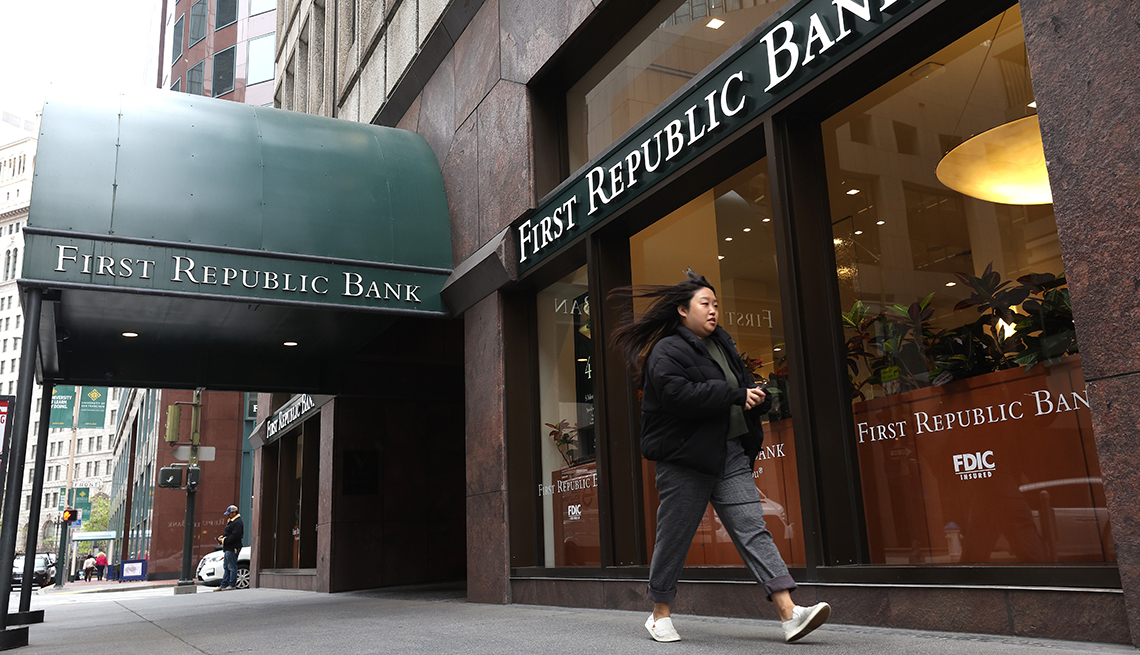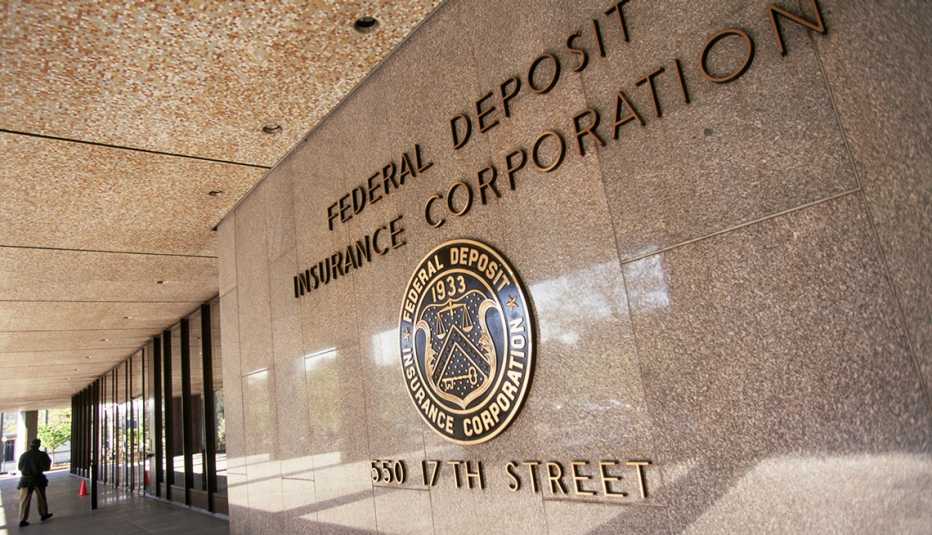AARP Hearing Center
Recessions don’t always follow bank collapses, but the recent failures of First Republic Bank, Silicon Valley Bank and Signature Bank have pushed recession fears up a few notches. For retirees, this means added worry about the safety of their money. With that in mind, let’s take some time and review the financial safety nets you have — and those you may not.
Before the creation of the Federal Deposit Insurance Corporation (FDIC) in 1933, depositors often got back only pennies on the dollar — if that — when a bank failed. Today the FDIC insures most bank deposits up to $250,000. If you have more than $250,000, you can get the additional funds covered by opening an account at a different bank, or by opening a different type of account, such as an individual retirement account (IRA), at the same bank. You can find out how much of your deposits are insured through the FDIC’s Electronic Deposit Insurance Estimator.
The banking industry funds the FDIC via insurance premiums, which go into the Deposit Insurance Fund (DIF), whose assets are equal to about 1.3 percent of insured deposits. The FDIC also has a $100 billion line of credit with the U.S. Treasury in case losses exceed the DIF’s assets.
Of course, banks aren’t the only financial institutions in the world. Here are some answers to common questions about the protections you have — or don’t — in case of financial disasters.
How shaky is the banking sector? It’s always a bit hard to tell: Banks can carry bad loans on their books for months before selling them off, and it takes a while for good loans to go bad in the first place. A spate of bad loans may not show up in a bank’s earnings until well after they have gone bad.
Depositors can sometimes act like a herd of spooked cattle, withdrawing deposits because they fear for a bank’s soundness. This is called a bank run, and this is what happened with all three major bank failures this year. Investors yanked $100 billion from First Republic in March, following similar runs of Silicon Valley Bank and Signature Bank.
Rising interest rates are one reason depositors are so worried. Silicon Valley Bank had a large portfolio of mortgage-backed securities with very low yields. As the Federal Reserve pushed interest rates up, those securities lost value. And as depositors demanded their money back, the bank had to sell those securities at a loss.
Wall Street has slashed the stock prices of many regional banks. So far this year, financial stocks have fallen about 18 percent and regional bank stocks have tumbled 26 percent through April 28, according to Morningstar, the Chicago investment trackers.





































































